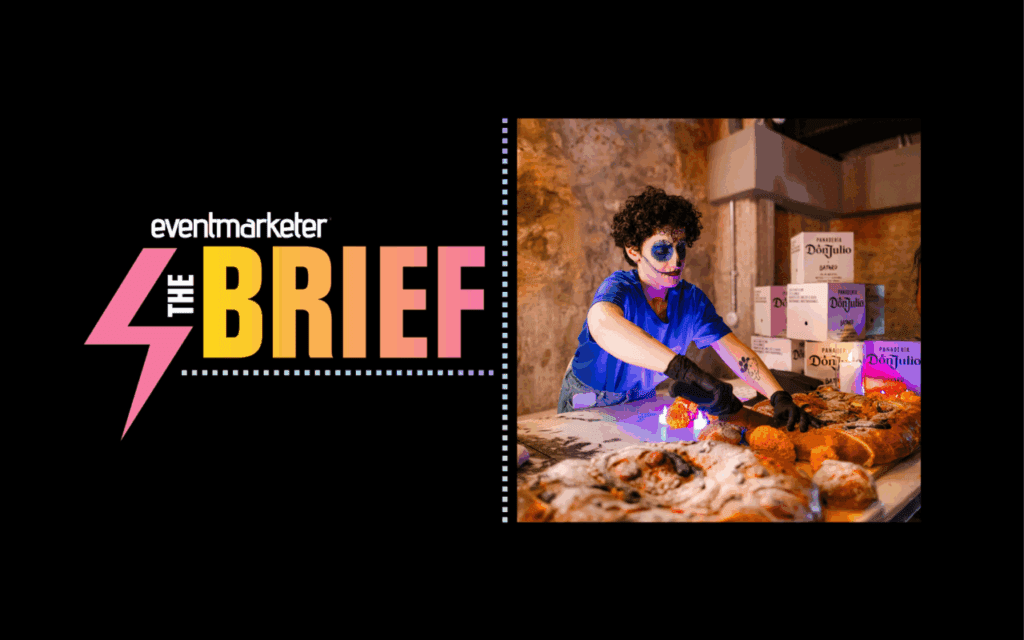Different museums, different problems.
For the D-Day Museum, it’s the visitors. The building survived Hurricane Katrina. The exhibits were dry. But there were no visitors. The museum had to raise money to cover its operating expenses until the tourists returned to New Orleans.
For the Ogden, it’s the locals. The building was fine. The exhibits were safe. But the locals weren’t drifting back. The museum had to raise awareness it was open without a postal system it could rely on to get the word out.
Stephen Watson, the associate vice president of development at the National World War II Museum, better known as the D-Day Museum, acknowledged that his institution has a couple of “key different things” from other such institutions in New Orleans. Some 90 percent of his 120,000-name donor base lives outside of Louisiana. Most have never even stepped foot inside the museum.

(Photographs by Richard H. Levey)
Stephen Watson, associate vice president of development at the National World War II Museum
“We don’t rely on local support,” Watson explained, adding that the museum was able to turn right around and share what happened with its members. More than 10,000 responded. The Web site even offered T-shirts sardonically co-opting General Douglas MacArthur’s famous line, “We shall return.”
That support does not come from World War II veterans. “The youngest vets are about 80. Their numbers are dwindling swiftly,” he said.
He estimated that approximately half of the museum’s donors however have close ties to a World War II vet: the spouses or the children usually, but sometimes close family friends. Much of the support comes from World War II buffs, some of whom are as young as 10.
“We worked hard and built that list from nothing in three and a half years,” Watson said with pride, noting that the acquisition campaign did focus on lists with clear ties to World War II.
In addition to enjoying national support, the building itself held. “The damage was minimal” to the hundred-year-old building, he explained.
Instead the funds are being dedicated to operating expenses. “There are not as many people coming through the doors,” Watson noted ruefully, adding that the museum was dependent on tourist and convention traffic.
However, luck, high ground, and 27-inch thick walls do not mean that there were no lessons learned from Katrina and its aftermath. The museum, as a non-profit, is dealing with a postal system that will only process first class mail, if that. “It’s not cost effective,” he laughed.
Watson has already increased e-mail contact since Katrina, and is currently looking for a Web-based solution to build and maintain donor support.

The D-Day Museum: It has returned.
Like the D-Day Museum, the Ogden Museum of Southern Art is an affiliate of the Smithsonian. And like the D-Day Museum, the Ogden gives extremely gracious and considerate answers about the how hard the post office is working to do what it can considering that it has never faced anything like Katrina before. Unlike the D-Day Museum, however, the Ogden sees its mission and its membership in local terms, though the geography of Southern art certainly covers a lot more than just the parishes in and around New Orleans.
In fact when the museum e-mailed requests for donations to help it deal with whatever damage Katrina may have caused, the e-mail was not sent to anyone who lived in an area affected by the hurricane.
“We felt uncomfortable asking them for support,” explained Mary Beth Haskins, a spokeswoman for the Ogden. “Everyone needs their money for their own reasons. Many lost their homes.” She added gently, “It raises the question when is it appropriate to raise money for yourself when others need what they have to help themselves.”
The campaign did not “do a whole lot,” according to Beverly Sakauye, the associate director of the Ogden. Fortunately, the two-year-old museum’s hurricane-proof construction held up to Katrina.
More successful than the solicitations has been the “O-Gram”, short for Ogdengram, a weekly e-mail to local members about what the museum is doing that week. Radio broadcasts have also been used. “It’s been helpful bringing people in,” Sakauye said.
“We feel that by being open and continuing to mount exhibitions relevant to what we’re dealing with and working with artists and other cultural institutions we will help build and rebuild this culture,” she explained. “It’s doing what we do best.”
The Ogden was the first museum to open after Katrina. The O-Grams and the radio spots began in late October. Sakauye is referring to such as exhibitions as Building Solutions I: Hugo and Katrina, which looks at how Charleston used vernacular architecture to rebuild after Hugo and how that approach might work in New Orleans; Saving Ida Kohlmeyer, about how the Ogden saved the works of the late local artist from Katrina; and Do You Know What It Means, a selection of photographs taken during and after Katrina. Missing New Orleans, a book that looked at the history and nostalgia of the Crescent City rather than what Katrina swept away was released on November 19 and was sold out within four weeks. Thursday evenings at the Ogden have become as much a social necessity as a cultural indulgence.
As for fundraising, Sakauye is not as interested in emergency funds as she is in rebuilding the base of support. Post-Mardi Gras plans call to revamp the Web site to make it easier to navigate, join the museum, or make a donation. However, so far there hasn’t been enough money put into driving people to the Web site. “We haven’t had the resources to do that,” she said.
What the Ogden has had is an increase in membership as people are slowly coming back to the museum and it becomes almost the place to casually find out who died, who survived, who’s came back, and who’s still out there somewhere. Such locals now account for almost all of the visitors, whereas before Katrina locals accounted for approximately one out of every three visitors.
As a result, the museum shop did well at Christmas. “It was local support for local institutions and local artists,” Haskins said. In addition to the usual museum souvenirs, the shop features high-end contemporary Southern craft design, many of which are one-of-a-kind pieces.
Although the Ogden and the D-Day are two very different museums with two very different visitor and membership profiles, both are looking to the Web-based platform not only to rebuild after Katrina, but also to make sure that the institutions are not vulnerable to some of the related issues.
“We can’t mail because we can’t trust it to get there,” Haskins said. “Non-profit bulk mail is really the step-child here.”
This article is part of a weeklong series Direct Newsline is featuring on direct marketing and the economic recovery of New Orleans.



